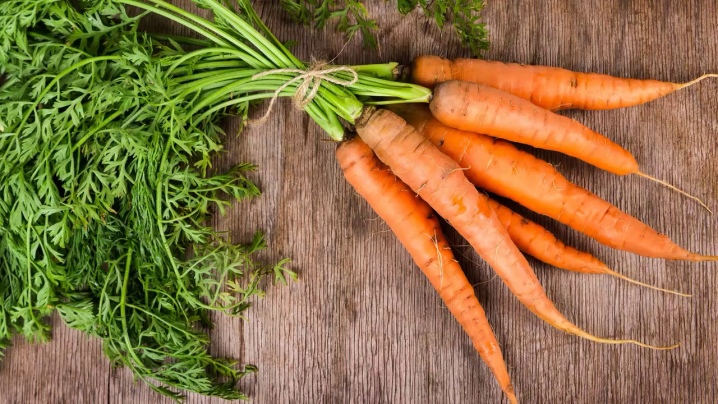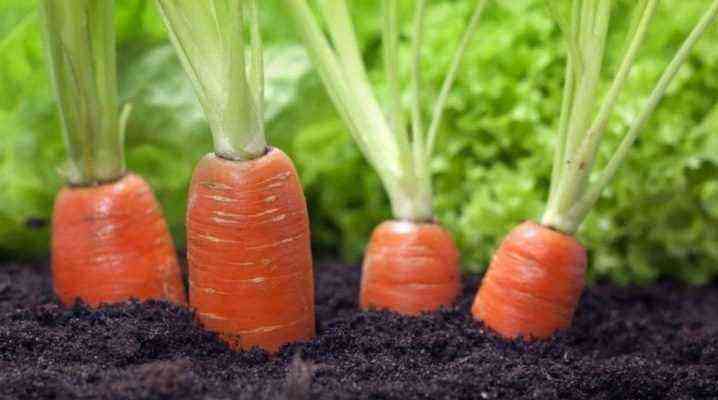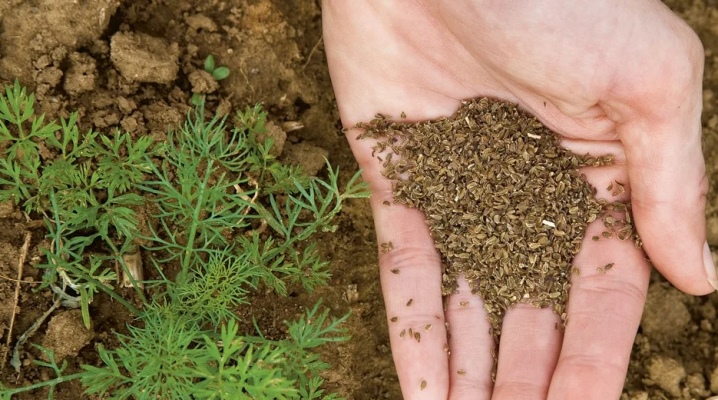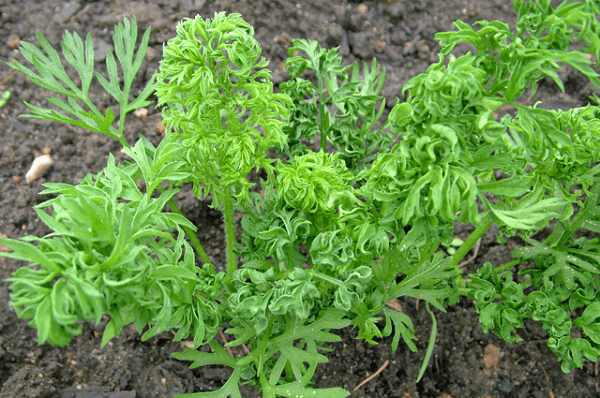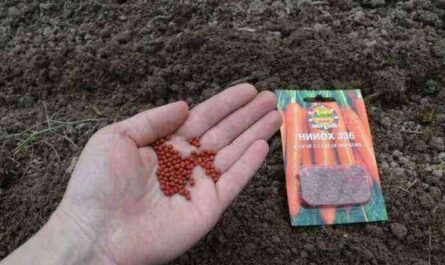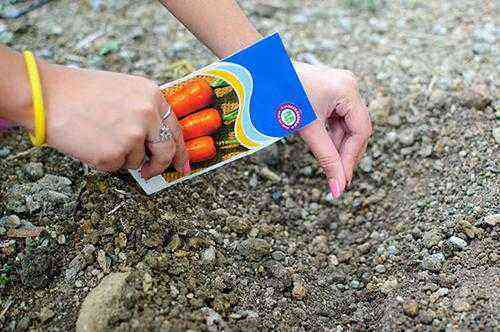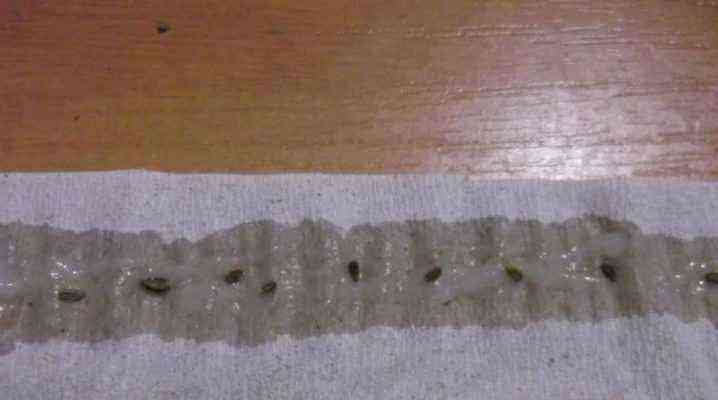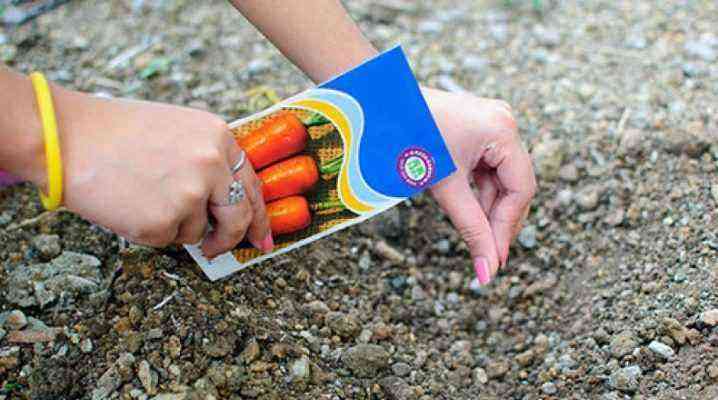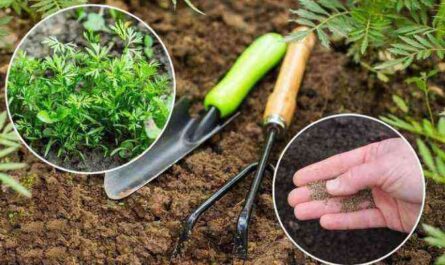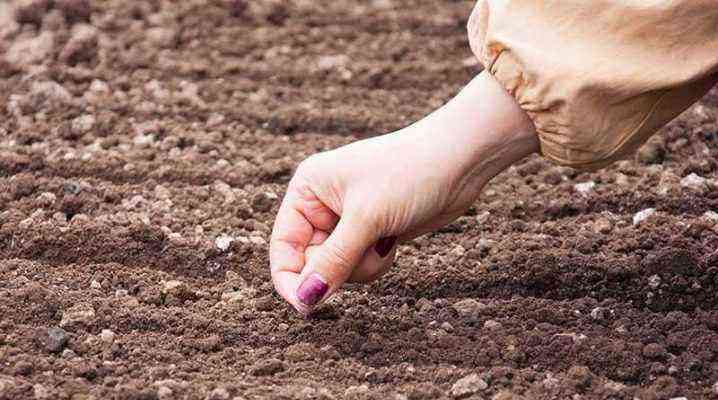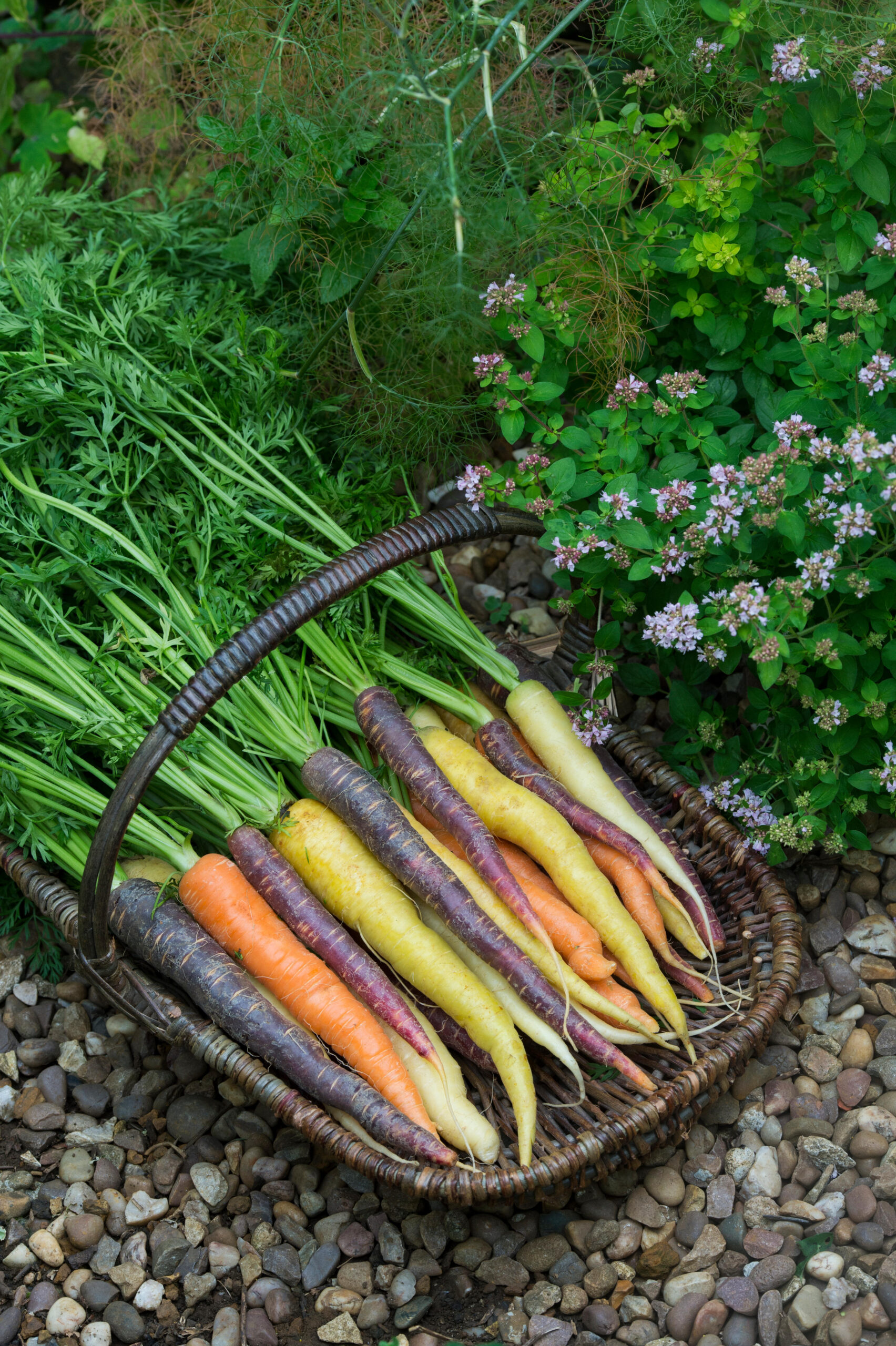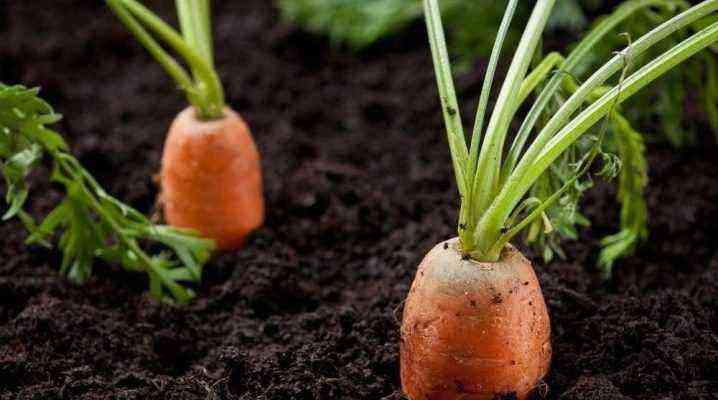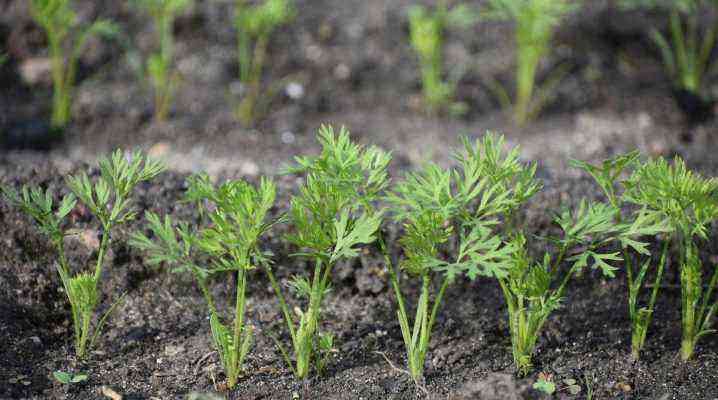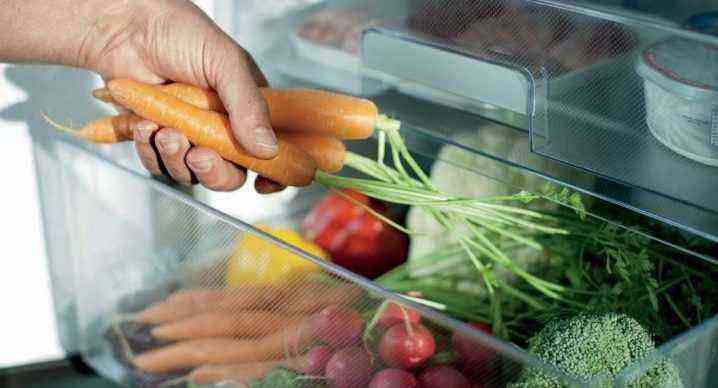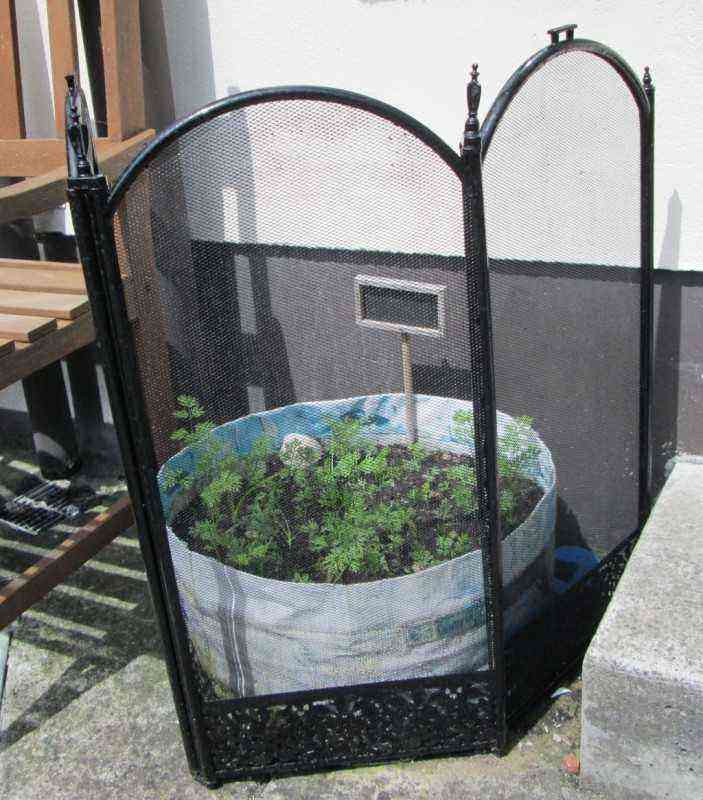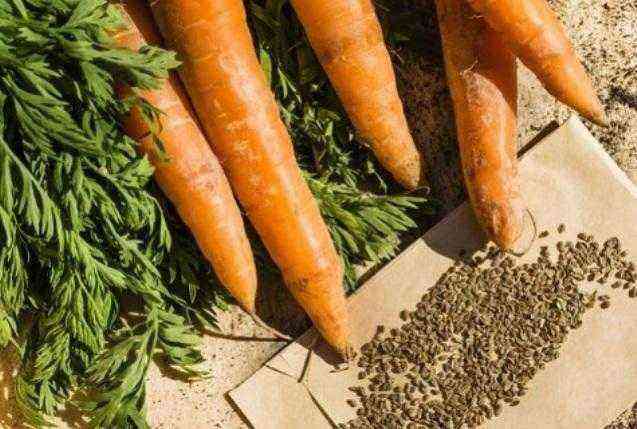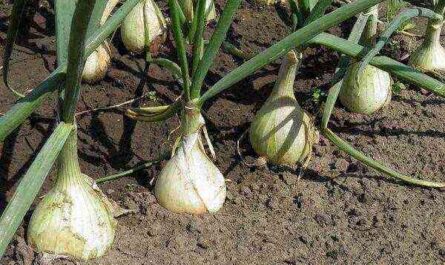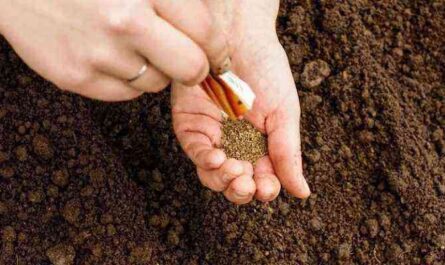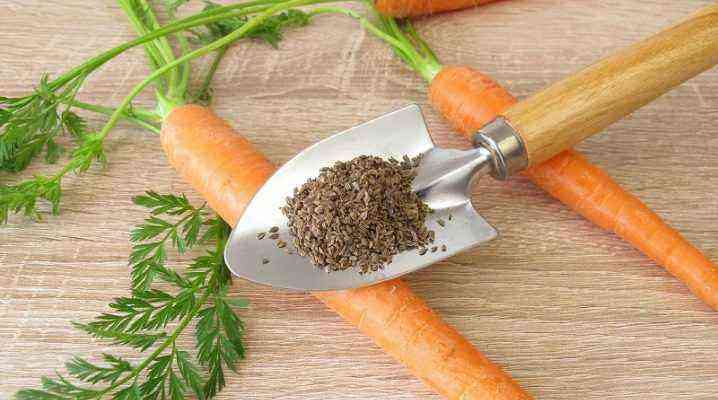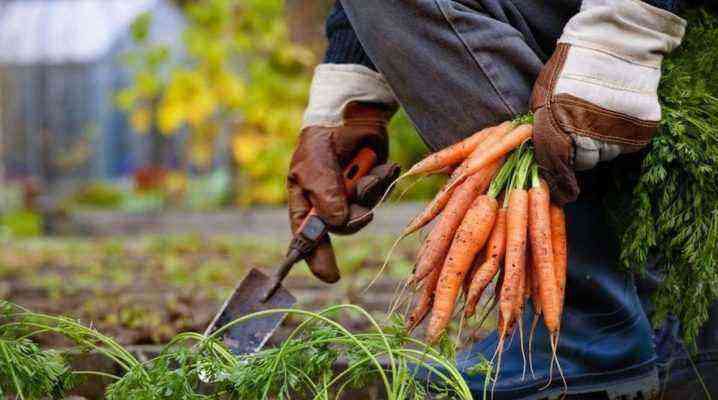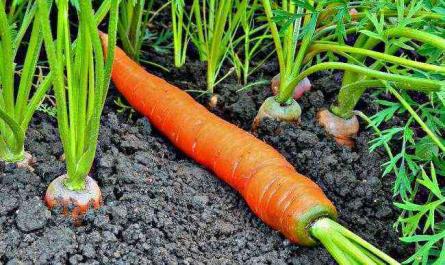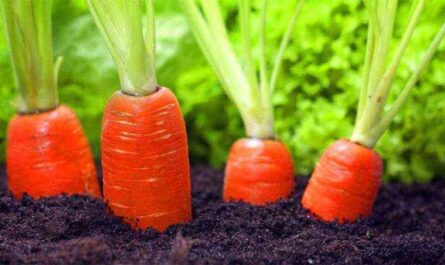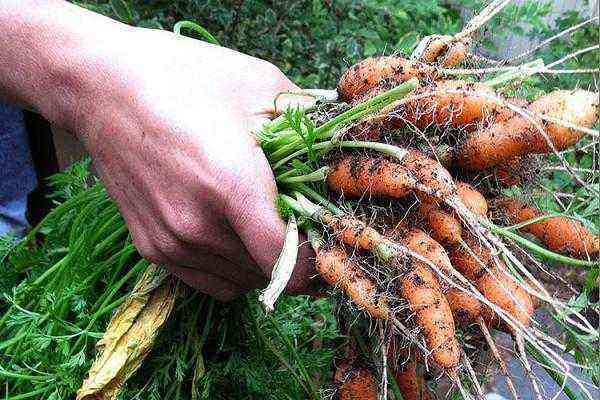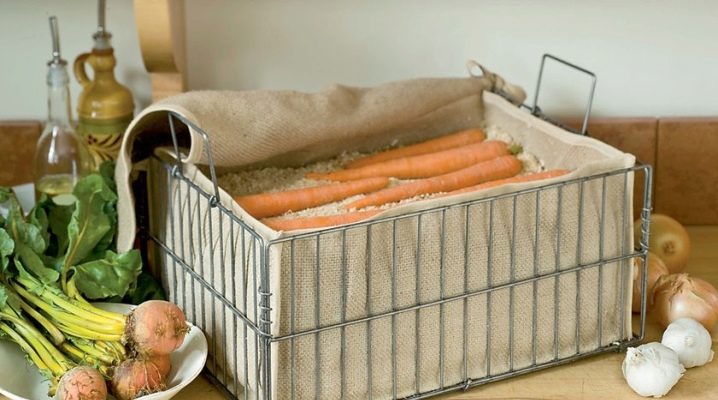
It is unlikely that anyone will doubt the benefits of carrots. This tasty and healthy vegetable is used for cooking almost every day. Without it, it is difficult to make the first or second course. Carrot is an excellent addition to salads, it is one of the main components of vegetable stews, it is used for making juice, baking. At the same time, many city dwellers who do not have spacious cool basements do not know where and how best to keep this vitamin vegetable so that it retains all the nutritional components.


Conditions, temperatures and terms
Having grown a good crop of carrots in their summer cottage, many try to keep it until next year at home. It is important to understand that not only the place of storage is important, but also the timing of the harvest, under what conditions. In addition, you should be aware that not all varieties will be well preserved even if optimal conditions are created for them.
For storage in urban apartments, specimens with a cone-shaped shape, up to 20 cm long, are suitable. It is advisable to eat a carrot more than 20 cm, having the shape of a cylinder, immediately for food, and not choose it for long-term storage, as root crops will soon begin to deteriorate. As the most suitable options, it is recommended to choose the varieties “Red Giant”, “Queen of Autumn”, “Shantane”, “Moscow Winter” and others. It is advisable to separate carrots of different sizes and weights – this applies to both vegetables taken from the garden and bought in a store.
It is better to send a root crop weighing no more than 150 grams for storage, since it is such a carrot that is considered the most juicy and tasty.


Harvest before the first frost. For the middle band, this period usually begins in September. If you miss this time, carrots can be caught by frost, and its fruits will change their taste, they will have bitterness. In addition, such a crop will be stored much worse.
For collection, it is better to choose a dry, sunny and fine day. You should not pull out the carrot by the tops, most likely, it will remain in the ground, and only the tops will be in the hand. To pull it out, it is advisable to dig the ground around with a pitchfork or a shovel, slightly lifting the soil, and then gently pull the vegetable by the green tops.
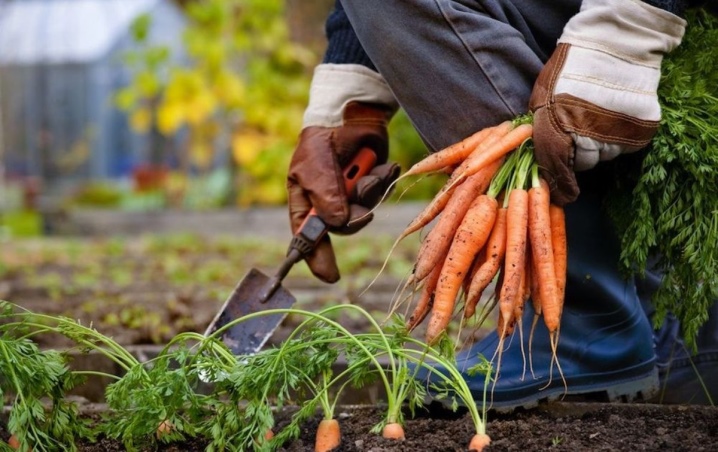
During the day, vegetables accumulate sugar, by the evening they begin to consume it. It is in the evening that it is better to start harvesting – this will allow you to get sweeter fruits.
Having dug up the carrots, it is necessary to cut the tops, leaving 2-3 cm of greenery. After the vegetables are scattered on the garden bed and leave them until they dry out. If the crop is harvested during the day, it is advisable to choose a place for drying where it will not be exposed to the sun’s rays. In bad weather, the roots are transferred to a dry room or place, and left there for a couple of hours.
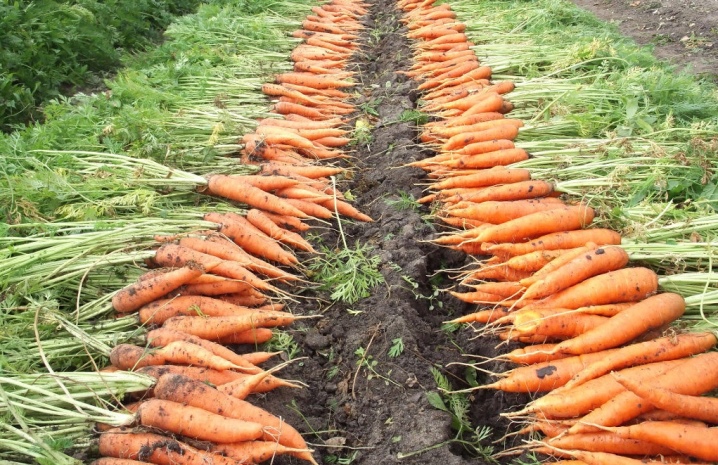
Prepare
After harvesting, further preparation of vegetables is carried out directly for storage. To ensure long-term storage of carrots, cutting the heads, as well as thin tails of the vegetable, will allow, since they are the first to begin to rot. After performing such a manipulation, you should wait a little more until the sections dry out.
Many do not know whether it is worth washing carrots, sending them for storage, or not. According to experienced gardeners, this is not worth doing. Root crops are simply cleared of the earth without using water. It is important not to damage the peel when peeling, otherwise this will lead to rapid deterioration of root crops. After cleaning the crop, the fruits are placed for a day in a cool place so that they rest. However, even washed carrots can be preserved for a long time if placed in the refrigerator.

Root crops prepared in this way should be further sorted. It is necessary to carefully review the harvest, and separately set aside specimens with defects, cracks. And you should also select the fruits that were cut with a shovel when digging. All selected specimens are used for processing, they are not stored for long-term storage.
The color of the root crop also plays a role. It is advisable to choose bright root crops, because they contain the greatest amount of useful components. It is necessary to inspect all specimens, and select options without spots or dots. You should also remove vegetables with green spots, as they are usually bitter.
The presence of long vein-threads indicates the presence of parasites, so these root crops should not be eaten.

Best Storage Options
In order to enjoy juicy vitamin carrots in winter, you need to know in what conditions to keep it in the apartment, and how to do it correctly. If you keep the harvest at home, in a heated room, then after a few days the fruits will begin to become sluggish. Choosing a suitable place and creating optimal conditions will extend the shelf life of the harvested crop.
Those who live outside the city have the opportunity to store the crop directly in the garden. Such a simple earthen option will allow you to save root crops until May. To do this, you do not need to dig up root crops, prepare them for further storage. Carrots are simply left on the beds, and in the spring they dig up specimens and use them for food. To keep the harvest until spring, you should carefully cut the tops in the fall, sprinkle the bed with sand or cover it with a film, and then scatter sawdust, peat or humus.
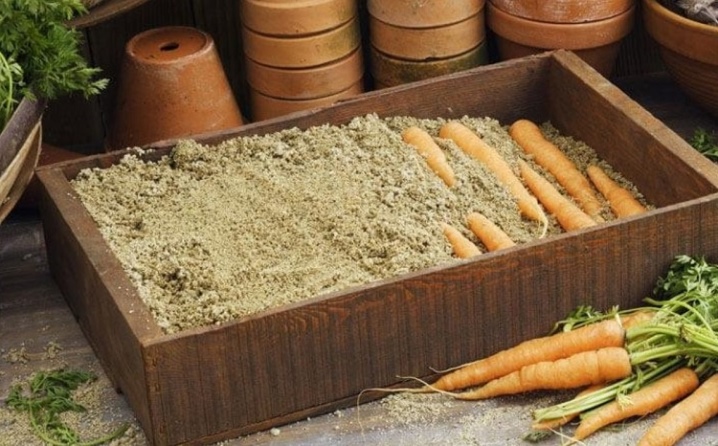
With this method of storage, all useful components will be preserved in the fruits, they will not rot or freeze slightly. But it will not be possible to use carrots covered in this way for cooking during the winter period, because it is not recommended to open it.
Residents of multi-storey buildings cannot boast of having a basement or cellar. As a suitable place to store vegetables can be:
Harvested root crops can be stored in different places. Using the recommendations will allow you to save juicy carrots with the preservation of nutrients for a long time.
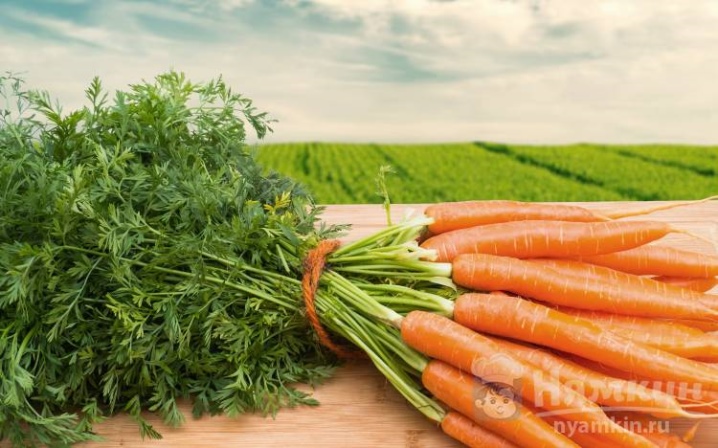
In a refrigerator
When storing the harvested crop in the refrigerator, it is recommended to wash the root crops well with a sponge or a stiff brush. Then you should leave the vegetables to dry. After that, from each root crop, you need to cut off the ends on both sides, and wait until the sections dry.
Next, the prepared root crops are laid out in plastic bags, air is released from them and tied. For greater reliability, you can take another package by putting them on top of the first one. Vegetables prepared in this way are put into a container and sent to the compartment at the bottom of the refrigerator. After some time, condensation will begin to form inside the bags, but it will soon disappear.

Usually, whole root vegetables are left stored on the vegetable rack. In the freezer, in this case, it is worth keeping chopped fruits, so they take up much less space.
Before placing carrots in the freezer, they must be washed and completely dried. After that, it is recommended to grind the fruits, cutting them in any shape, or simply grate it with a grater. For storage, choose any containers that fit the size of the pallet in the freezer, or just ordinary zip-lock bags.
Shredded carrots are then laid out in the prepared container, the air is released from the bags, then they are carefully and compactly laid out. In the freezer, chopped root crops can be stored for 6 months or more.
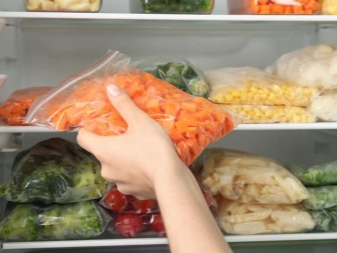

At room temperature
The harvested crop is not recommended to be kept in its raw form just in the room, otherwise after 3-4 weeks such carrots will simply have to be thrown away. To keep root crops at room temperature, it is recommended to coat them with chalk or clay mortar.
To prepare the required remedy, you need to take the clay and dilute it with water, bringing it to a creamy consistency. After cooking, you should alternately lower the vegetables into the mass, lay them out to dry, and then put them in any dark place, for example, under the bed.
In addition, a 30% chalk solution is used to spray carrots. When processing 10 kg of root crops, 100 ml of a chalk solution should be added. After that, the whole crop is dried and laid out in boxes. Then the vegetables are sprinkled with sand, and the container is sent to a cool place for further storage.

On the balcony
A loggia or balcony can become a suitable place to ensure the safety of the harvested crop. At the same time, you can keep root crops both on an uninsulated and on an insulated balcony.
The selected space is the best alternative to a cellar. To keep vegetables better, it is important to create optimal conditions for them. One of the important parameters is maintaining the desired temperature. It should not be higher than +2 degrees.
A box, a pan, a jar, a bag can be used to store vegetables.
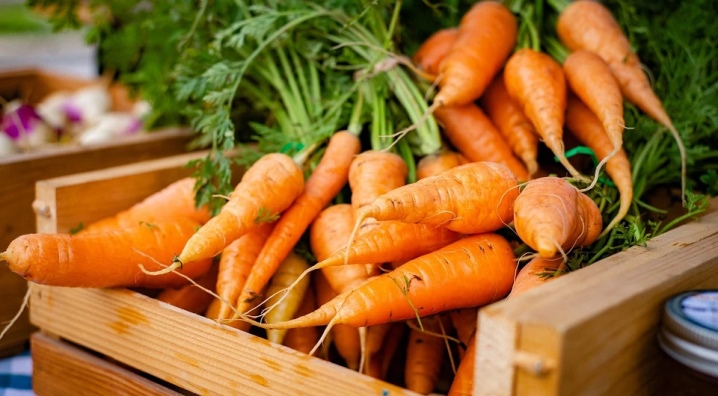
To keep the roots fresh will allow their content in sawdust, as well as sand or clay mortar.
If the vegetables are on an uninsulated balcony, they must be covered, protected from the sun or dust on them, and also protected from birds that want to eat them. This will allow you to keep the harvested vegetables there almost until the onset of severe cold weather, after which the crop is transferred to the room.
But if the balcony or loggia is glazed, vegetables can be stored here even in frosty weather.

In the pantry
Usually in the pantry the air temperature is lower than in the living quarters, since the sun practically does not look there, and any light rarely enters. Thanks to this, the crop will be stored here better than in the room.
If there are shelves, burlap is spread on them, and vegetables are poured out. To preserve the crop, it is recommended to process it with clay, or use a chalk solution.
You should regularly inspect vegetables, and remove fruits that show signs of rot.
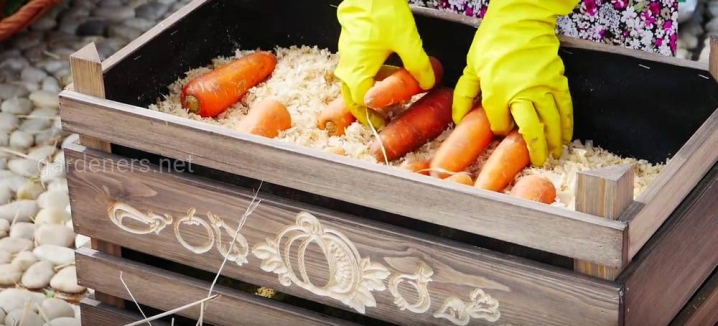
Instead of shelves, you can also use boxes that are vertically arranged and sprinkled with sand. This will ensure the necessary level of humidity and ventilation.
In addition to these methods and places of storage, preserving the crop will allow canning vegetables. You can make a spicy or spicy snack from carrots, pickle it, make it in tomato sauce or vegetable oil. Some of the vegetables can be used to make sauces or vegetable juices.
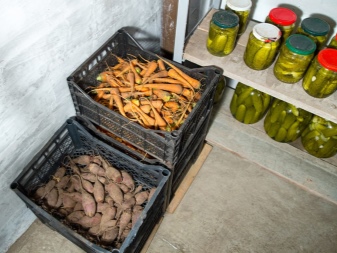

Possible problems
Many housewives, even following all the recommendations, face various problems associated with storage, as the crop still begins to deteriorate.
Harvest freezing. If the vegetables are on the open balcony, then a sharp change in temperature can lead to freezing of individual specimens. With a slight decrease in temperature to 2-3 degrees below zero, root crops should be insulated with old blankets and felt. In severe frosts, the boxes are brought into the room where they are until the weather is right. It is not recommended to keep them warm for a long time so that the vegetables do not overheat.
Germination. This may be due to the growth point left on the head. When germinating, carrots must be cut again.
The appearance of mold. Regular inspection of the crop reduces the likelihood of mold, but if this happens, it is necessary to remove rotten specimens, and cover the remaining root crops with a mixture of wood ash and sand. In the event that the vegetables began to massively rot, you should sort them out, wash them and remove places with defects. Next, the carrots are grated, put in a bag and sent to the freezer for further storage.
The appearance of wilted roots. This can happen due to insufficient humidity in the room. To avoid this, it is recommended to cover the container with a thick cloth. In addition, wrapping root crops with cling film or arranging buckets of water will help solve this problem.
Compliance with these recommendations will save the crop and significantly reduce its damage and decay.
